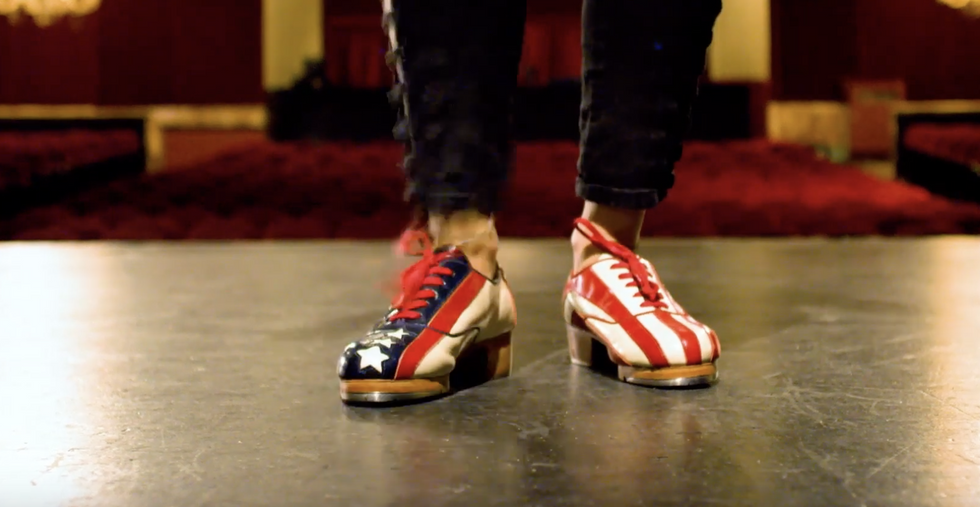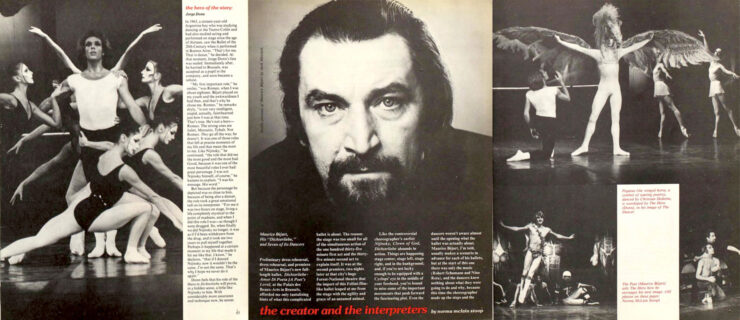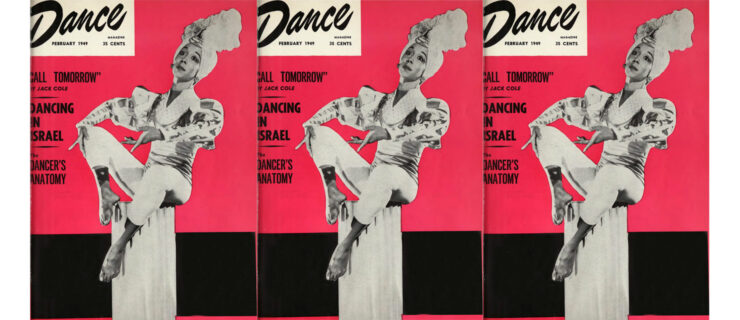Celebrate National Tap Dance Day with American Tap
Thirty years ago, U.S. Joint Resolution 131, introduced by congressman John Conyers (D-MI) and Senator Alphonse D’Amato (R-NY), and signed into law by President G. W. Bush declared:
“Whereas the multifaceted art form of tap dancing is a manifestation of the cultural heritage of our Nation…
Whereas tap dancing is a joyful and powerful aesthetic force providing a source of enjoyment and an outlet for creativity and self-expression…
Whereas it is in the best interest of the people of our Nation to preserve, promote, and celebrate this uniquely American art form…
Whereas May 25, as the anniversary of the birth of Bill “Bojangles” Robinson is an appropriate day on which to refocus the attention of the Nation on American tap dancing: Now therefore, be it resolved by the Senate and House of Representatives of the United States of America in Congress that May 25, 1989, be designated “National Tap Dance Day.”
Happy National Tap Dance Day!
Tap has many styles, and the opening montage gives a glimpse of its range.
In this intro-montage, a pair of tap-dancing shoes introduce us to the myriad styles of tap dancing.
Tap dance is a complex, intercultural fusion that came out of the interaction of Irish indentured servants and enslaved West Africans in the Caribbean during the 1600s, African American folk and Irish American laborers in the southern United States during the 1700s, and African American freemen and Irish American performers in northern urban cities in the 1800s.
By the early 20th century, with the syncopated music of ragtime, the blues and jazz, tap dance began to fully embody its black rhythmic sensibilities, distinguishing itself from Broadway musical theater dancing by referring to it as jazz tap.
The Ring Shout was an early predecessor to tap.
As Africans were transported to the Americas, African religious circle-dance rituals were adapted and transformed. The Ring Shout was an ecstatic, transcendent religious ritual practiced by plantation slaves by moving counter-clockwise in a circle while shuffling the feet, clapping hands and patting the body as if it were a large drum.
In its intersection of rhythm and spirituality, the Ring Shout was one of the early predecessors of tap dance. “It’s called the black church, the invisible black church,” says Dr. Cornell West about the Ring Shout.
In this clip, former slave Sylvia King describes the Ring Shout in a Works Progress Administration transcript.
Modern tap was born with Master Juba in Five Points.
In the nineteenth century, the Five Points district of lower Manhattan was a neighborhood of freed slaves and northern free African Americans and Irish immigrants. It was here that the most influential African-American dancer of the century became “King of All Dancers”: William Henry Lane, known as Master Juba.
“A lively young Negro who is the greatest dancer known,” wrote Charles Dickens, who in American Notes (1842) described Lane’s dancing as consisting of “Single and double shuffling, cutting and cross-cutting; snapping his fingers, rolling his eyes, turning his knees…spinning on his toes and heels; dancing with two left legs, two right legs, two wooden legs, two wire legs, two spring legs—all sorts of legs and no legs.” It was with “Master Juba” and the Five Points that modern tap was born.
In this clip, the dancing of Master Juba is animated by a motion capture of the tap dancer Jason Samuels Smith interpreting Dickens’ description. The animation of Master Juba is modeled after a woodcut of him in The Illustrated London News, August 5, 1848.
Women have historically been overlooked.
Though women are prominent artists in tap today, it was not always the case. The absence of women in early accounts of tap dancing reveals a mistaken belief in the authority of the male in tap dancing that has discriminated against and been critical of women, particularly women soloists.
In fact, women—whether choreographers or dancers (soloists, sister acts, chorus dancers), teachers or producers, preservationists or proselytizers—have far outnumbered men in tap. In this clip, tap dancer Ayodele Casel says: “Historically, women didn’t have the floor and it’s a loss to the art form to not have known about them—all we have are other dancers’ recollections of who they were.” Casel honors and keeps alive the nearly forgotten black women in tap, calling out their names: Louise Madison, Cora LaRedd. Jeni LaGon, Lois Bright.
In the end, it’s all about rhythm.
“At a time when America struggling with its cultural identity—when anti-immigrant and nativist sentiment boils over into outright racism and xenophobia—we are compelled to look inward, to unpack what it means to be American,” Wilkinson writes in his artistic statement the to the film.
American Tap
exposes the elements of our history which have had the potential to tear us apart—the stigma of slavery and the friction caused by immigration. They are, however, the same forces that bind us together and fuel our interconnectivity. This shared experience is the cultural fire that forged our nation’s common rhythmic language: American tap dance.




